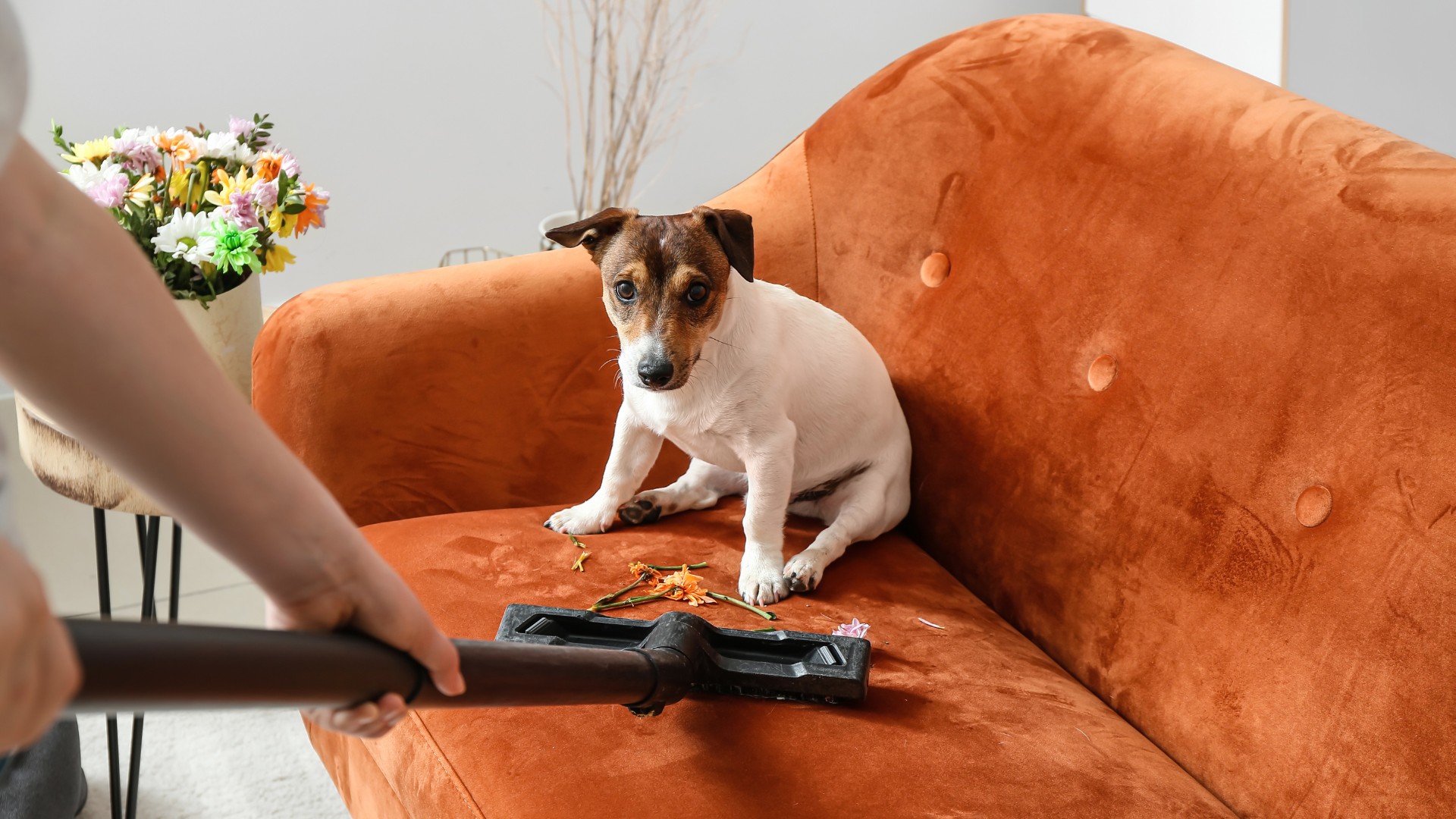

Articles
How To Get Rid Of Fleas In Furniture
Modified: January 19, 2024
Learn effective methods to eliminate fleas from your furniture once and for all. Protect your beloved furniture from these pesky pests with our expert tips and tricks.
(Many of the links in this article redirect to a specific reviewed product. Your purchase of these products through affiliate links helps to generate commission for Storables.com, at no extra cost. Learn more)
Introduction
Welcome to the ultimate guide on how to get rid of fleas in furniture. Furniture is often a favorite spot for fleas to hide and reproduce, leading to frustrating infestations that can quickly spread throughout your home. If you’re dealing with these pesky insects, don’t worry – we’ve got you covered!
Fleas are small, wingless insects that survive by feeding on the blood of animals, including humans. They are not only a nuisance but can also transmit diseases and cause severe itching and discomfort. Getting rid of fleas in your furniture requires a multifaceted approach, including identification, preparation, and implementation of effective treatment methods.
In this comprehensive guide, we will walk you through the process of dealing with fleas in your furniture. From understanding the behavior and lifecycle of fleas to natural remedies and professional treatments, you will learn everything you need to know to eliminate these pests for good.
Before we dive in, it’s important to mention that it’s crucial to act promptly upon discovering a flea infestation. Fleas can reproduce rapidly, with just a few adults being capable of creating a full-blown infestation in a matter of weeks. By taking immediate action, you can prevent the infestation from spreading and tackle the problem effectively.
So, if you’re ready to bid farewell to those pesky fleas and enjoy a flea-free home, let’s jump right in and explore the best strategies for getting rid of fleas in furniture!
Key Takeaways:
- Understanding the behavior and lifecycle of fleas is crucial for identifying infestations in furniture. Preparing for flea treatment, using natural remedies, and implementing preventive measures are essential for effective flea control.
- Vacuuming, steam cleaning, and washing upholstery are effective methods for eliminating fleas from furniture. Consistent and persistent efforts, along with regular pet treatment and yard maintenance, are key to preventing future flea infestations.
Read more: How To Get Rid Of Fleas On Carpet
Understanding Fleas
Before we get into the specifics of flea removal from furniture, it’s essential to have a basic understanding of these resilient pests. Fleas are small insects that belong to the order Siphonaptera. They are ectoparasites, meaning they live externally on the bodies of animals and feed on their blood.
One of the most common types of fleas encountered in homes is the cat flea (Ctenocephalides felis). Despite its name, the cat flea can infest various animals, including dogs, rodents, and even humans. This adaptive ability makes them particularly troublesome.
Fleas have a distinct life cycle that consists of four stages: egg, larva, pupa, and adult. Adult fleas typically live on the host animal, where they lay their eggs. These eggs are not sticky and easily fall onto the surrounding environment, including furniture and carpeting.
The flea larvae hatch from these eggs and reside in the hidden, dark areas of your furniture, such as cushions, upholstery, and crevices. They feed on organic matter, including flea feces and skin debris shed by the host. The larvae then spin cocoons and enter the pupa stage, where they undergo metamorphosis. Depending on the environmental conditions, pupae can remain dormant for weeks to months, making it challenging to eliminate these resilient pests.
Adult fleas emerge from their cocoons once they detect vibrations, heat, or exhaled carbon dioxide, indicating the presence of a potential host. They have specialized legs for jumping long distances, allowing them to move quickly between hosts and infest new areas.
It’s important to note that fleas can survive in the environment without a host for significant periods. They can lay dormant in furniture, carpets, and other areas until they sense a suitable host to jump onto. This is why it’s essential to tackle flea infestations comprehensively, addressing both the adult fleas on pets and the hidden eggs, larvae, and pupae in your furniture.
Now that we have a better understanding of the life cycle and behavior of fleas, let’s move on to the next section on how to identify fleas in furniture.
Identifying Fleas in Furniture
Identifying fleas in furniture is crucial for effective flea control. While fleas themselves are small and difficult to spot, there are signs you can look for to determine their presence in your furniture.
1. Flea Bites:
Flea bites often appear as small, red, itchy bumps on the skin. If you or your pets are experiencing unexplained itching or notice these bite marks, it’s a strong indication of a flea infestation.
2. Flea Dirt:
Flea dirt, also known as flea feces, is a telltale sign of fleas. It looks like small, dark specks that resemble ground black pepper. To check for flea dirt on your furniture, take a damp white cloth or paper towel and rub it over the suspected areas. If you see reddish-brown stains on the cloth, it indicates the presence of flea dirt.
3. Flea Eggs:
Flea eggs are tiny, oval-shaped white or translucent specks. They are difficult to spot individually but may collect in clusters in hidden crevices or fabric folds of furniture. Look for these clusters in areas where pets often rest or spend time, such as couches, chairs, and pet beds.
4. Live Fleas:
If you are able to spot live fleas crawling on your furniture, it confirms their presence. Adult fleas are approximately 1/8 inch long and have dark brown bodies. They are agile and can move quickly, so keep a keen eye out for any jumping insects.
It’s important to note that fleas can infest any type of furniture, including sofas, cushions, mattresses, and carpeting. They may also seek refuge in the cracks and crevices of wooden furniture. Inspect all these areas thoroughly when identifying fleas.
If you are unsure whether the insects you are seeing are fleas, you can contact a professional pest control expert who can properly identify and assess the situation.
Now that you know how to identify fleas in furniture, let’s move on to the next section, where we will discuss how to prepare for flea treatment.
Preparing for Flea Treatment
Preparing for flea treatment is an essential step in successfully eliminating fleas from your furniture. Before you begin any flea control measures, it’s important to ensure that you are ready to tackle the infestation effectively.
1. Clear the Area:
Start by clearing the infested furniture area of any clutter or objects that may obstruct your access. Remove pillows, cushions, blankets, and any other removable items from the furniture. This will allow you to thoroughly inspect and treat every surface.
2. Vacuum Thoroughly:
Before initiating any treatment, it’s crucial to vacuum the furniture and the surrounding areas extensively. Use a vacuum cleaner with strong suction and a brush attachment to remove flea eggs, larvae, pupae, and adult fleas. Make sure to vacuum all the cracks, crevices, seams, and areas where the furniture meets the floor. Pay special attention to areas where pets spend time.
3. Seal and Dispose of the Vacuum Bag:
After vacuuming, immediately seal the vacuum bag in a plastic bag and dispose of it outdoors in a secure waste bin. This will prevent any live fleas or eggs from re-infesting your home.
4. Wash and Dry Fabrics:
Wash all fabric items, including pillow covers, cushion covers, blankets, and pet bedding, in hot water. Use a high temperature setting to ensure that fleas and their eggs are killed during the wash. Dry the items thoroughly in a hot dryer. The heat will help eliminate any remaining fleas or larvae.
5. Treat Pets:
As fleas are often brought into the home by pets, it’s important to treat them for fleas as well. Consult with your veterinarian for appropriate flea control products such as topical treatments, oral medications, or flea collars. Regularly grooming and combing your pets with a flea comb can also help remove any fleas and their eggs.
6. Prepare for Treatment Products:
If you are planning to use flea control products such as sprays or insecticides, read and follow the instructions carefully. Ensure that you have all the necessary protective equipment including gloves, masks, and goggles. Also, consider covering or removing any sensitive items or electronics from the treatment area to prevent damage.
By properly preparing for flea treatment, you will create an environment that is conducive to successful flea eradication. Now that you’re ready, let’s dive into the different treatment methods, starting with natural remedies for flea removal.
Natural Remedies for Flea Removal
If you prefer to use natural methods to eliminate fleas from your furniture, there are several effective remedies you can try. These natural options are not only safer for you and your pets but also environmentally friendly. Here are some natural remedies for flea removal:
1. Diatomaceous Earth:
Diatomaceous earth is a fine powder made from the fossilized remains of tiny aquatic organisms called diatoms. It works by dehydrating and killing fleas. Sprinkle a thin layer of food-grade diatomaceous earth on your furniture, focusing on the infested areas. Leave it for a few hours or overnight, then vacuum it thoroughly to remove dead fleas and their eggs.
2. Baking Soda:
The alkaline properties of baking soda can help control fleas. Sprinkle baking soda liberally on your furniture, especially on carpets, cushions, and upholstery. Leave it for a few hours, then vacuum it thoroughly. Baking soda can also neutralize odors associated with flea infestations.
3. Herbal Sprays:
Several herbs have natural flea-repellent properties. You can make a herbal flea spray by steeping herbs such as rosemary, lavender, eucalyptus, or peppermint in boiling water. Allow the mixture to cool, strain it, and then transfer the liquid into a spray bottle. Spray the herbal solution on your furniture, paying close attention to the infested areas. This can deter fleas and make your furniture less attractive to them.
4. Salt:
Salt can be an effective home remedy for killing fleas and their eggs. Sprinkle table salt or coarse sea salt onto your furniture and leave it for a couple of days. Salt works by dehydrating the fleas and disrupting their life cycle. After a few days, vacuum the salt thoroughly from your furniture.
5. Essential Oils:
Some essential oils, such as lemon oil, cedar oil, and tea tree oil, have natural insect-repellent properties. Mix a few drops of these oils with water and spritz the solution on your furniture. Be cautious with essential oils, as some can be toxic to pets, so consult with a veterinarian before using them.
Remember, natural remedies may require repeated applications and can take longer to show results compared to chemical treatments. It’s crucial to be persistent and consistent with these methods to effectively control and eliminate fleas from your furniture.
Next, we’ll discuss using insecticides as another option for flea control.
Read more: How To Get Rid Of Fleas On A Mattress
Using Insecticides for Flea Control
Insecticides can be effective in treating severe flea infestations and quickly eliminating fleas from your furniture. However, it is important to use them with caution and follow the instructions provided by the manufacturer. Here are the steps to effectively use insecticides for flea control:
1. Choose the Right Insecticide:
There are various types of insecticides available for flea control, including sprays, powders, and foggers. Make sure to select an insecticide that is specifically designed for killing fleas and safe to use on furniture. Read the label carefully to understand the application instructions and any precautions you need to take.
2. Prepare the Area:
Clear the infested furniture area and remove any objects or items that could interfere with the application of the insecticide. Open windows and doors to ensure proper ventilation. Cover or remove any sensitive items or electronics to protect them from potential damage.
3. Wear Protective Gear:
Put on protective gear such as gloves, masks, and goggles before handling and applying the insecticide. This will help prevent skin, respiratory, or eye irritation.
4. Apply the Insecticide:
Follow the instructions on the insecticide label for proper application. Shake the spray or powder well before use. Apply the insecticide directly on the furniture, focusing on the infested areas, cracks, crevices, and upholstery. Ensure the product reaches deep into the fibers and hidden spots where fleas may be hiding.
5. Allow Sufficient Drying Time:
After applying the insecticide, allow sufficient drying time as indicated on the label. This is important to ensure the effectiveness of the treatment and prevent any residues from coming into contact with humans or pets.
6. Monitor and Repeat:
Monitor the treated furniture and observe any signs of flea activity. It may be necessary to repeat the insecticide application after a certain period of time to break the flea life cycle. Follow the recommended repeat application guidelines provided by the manufacturer.
Remember, insecticides should be used with caution, especially if you have children, pregnant women, or pets in your household. If you have concerns or are unsure about using insecticides, it’s advisable to consult with a professional pest control expert.
Next, we’ll explore the effectiveness of steam cleaning as a solution for flea removal from furniture.
Vacuum furniture thoroughly, paying special attention to cracks and crevices where fleas may hide. Use a flea spray or powder specifically designed for furniture to treat any remaining fleas and their eggs.
Steam Cleaning as an Effective Solution
Steam cleaning is a highly effective method for eliminating fleas from furniture. The high temperature of steam can kill fleas at all stages of their life cycle, including eggs, larvae, pupae, and adult fleas. Here’s how you can utilize steam cleaning to tackle fleas in your furniture:
1. Choose a Steam Cleaner:
Select a high-quality steam cleaner specifically designed for home use. Look for a model that reaches high temperatures and produces a continuous flow of steam. This will ensure effective flea elimination.
2. Prepare the Furniture:
Before steam cleaning, remove any loose cushions, pillows, or covers from the furniture. Vacuum the furniture thoroughly to remove any surface debris, flea eggs, or larvae. Pay attention to the cracks, crevices, and seams where fleas may be hiding.
3. Steam Clean the Furniture:
Using the appropriate nozzle attachment for upholstery, start steam cleaning your furniture. Hold the nozzle close to the surface, moving it slowly and systematically across the entire piece of furniture. Pay extra attention to the infested areas and areas where your pets usually rest.
4. Steam Clean All Sides:
To ensure comprehensive flea removal, steam clean all sides of the furniture, including the back, sides, and underneath. It’s important to reach all areas where fleas may be hiding.
5. Steam Clean Other Infested Items:
Aside from furniture, steam clean other infested items such as rugs, curtains, and pet bedding. These items can also harbor fleas and contribute to their spread.
6. Allow for Drying Time:
After steam cleaning, allow sufficient time for the furniture to dry completely. This will help prevent the growth of mold or mildew. You can expedite the drying process by using fans or leaving the furniture in a well-ventilated area.
Steam cleaning is a chemical-free and eco-friendly method for flea control. However, it’s important to note that steam cleaning alone may not eliminate all fleas in cases of severe infestations. It’s recommended to combine steam cleaning with other methods such as vacuuming, washing fabrics, and using flea control products for a more comprehensive approach.
Now that you’re familiar with the effectiveness of steam cleaning, let’s move on to the importance of vacuuming techniques in flea elimination.
Vacuuming Techniques for Flea Elimination
Vacuuming is a crucial step in flea elimination as it helps remove fleas, eggs, larvae, and pupae from your furniture. By following proper vacuuming techniques, you can significantly reduce the flea population and disrupt their life cycle. Here are some effective vacuuming techniques for flea elimination:
1. Use a High-Quality Vacuum Cleaner:
Invest in a high-quality vacuum cleaner with strong suction power. A vacuum cleaner with a HEPA filter is recommended as it can effectively capture tiny fleas and allergens.
2. Choose the Right Attachment:
Use the appropriate attachment for the type of furniture you are vacuuming. A narrow nozzle attachment and an upholstery brush attachment work well for reaching into crevices, seams, and upholstery.
3. Vacuum Thoroughly and Methodically:
Take your time to vacuum every inch of your furniture, paying special attention to areas where fleas are likely to hide, such as between cushions, along seams, and in cracks and crevices. Use slow and deliberate strokes to ensure thorough coverage.
4. Focus on Hot Spots:
Concentrate on vacuuming the areas where your pets spend most of their time. Fleas tend to congregate in these “hot spots.” Remove cushions and vacuum underneath, as well as the back and sides of furniture.
5. Vacuum Multiple Times:
For effective flea elimination, vacuum your furniture several times a week. This will help remove flea eggs, larvae, and pupae as they hatch and prevent the infestation from continuing. Consistency is key to breaking the flea life cycle.
6. Empty and Clean the Vacuum:
After each vacuuming session, empty the vacuum bag or canister in a sealed plastic bag and dispose of it outdoors. Clean the vacuum thoroughly, including the attachments, to prevent any fleas or eggs from reinfesting your furniture.
7. Consider Using Flea Collars or Products in the Vacuum:
You can enhance the effectiveness of vacuuming by placing a flea collar or a flea control product inside the vacuum bag or canister. This can help kill any fleas that are trapped during vacuuming.
Vacuuming plays a crucial role in reducing the flea population in your furniture, but it may not eliminate all fleas. It should be complemented with other flea control methods, such as steam cleaning and the use of natural or chemical treatments, for a more comprehensive approach.
Next, let’s move on to the importance of washing and drying upholstery in flea elimination.
Washing and Drying Upholstery
Washing and drying upholstery is an effective method for eliminating fleas and their eggs from your furniture. By properly cleaning your upholstery, you can significantly reduce the flea population and prevent reinfestation. Here’s how to wash and dry your upholstery for effective flea elimination:
1. Check the Label:
Before washing any upholstery, check the manufacturer’s recommendations and care instructions. Some fabrics may have specific cleaning requirements, and it’s important to ensure that washing them won’t damage or shrink the material.
2. Use Hot Water and Detergent:
For washing upholstery, use hot water and a mild detergent. Hot water helps kill fleas and their eggs effectively. Make sure to choose a detergent that is safe for the fabric type.
3. Test in a Hidden Spot:
Before applying any cleaning solution to the entire upholstery, test it in a small, inconspicuous area to make sure it doesn’t cause any discoloration or damage.
4. Spot Treat Stains:
If there are specific stains on the upholstery, spot treat them before washing. Use a stain remover or a mixture of vinegar and water. Gently blot the stained area and avoid scrubbing vigorously, as it can damage the fabric.
5. Apply the Cleaning Solution:
Apply the cleaning solution to the upholstery, focusing on areas with flea activity or visible dirt. Use a sponge or soft-bristled brush to gently agitate the solution and work it into the fabric.
6. Rinse and Dry:
Rinse the upholstery thoroughly with clean water to remove the detergent. You can use a spray bottle or a damp cloth for rinsing. After rinsing, remove as much excess water as possible by blotting with a clean towel.
7. Dry Thoroughly:
Ensure the upholstery is dried thoroughly to prevent the growth of mold or mildew. You can use fans or open windows to aid the drying process. Make sure the upholstery is completely dry before placing cushions or using the furniture again.
By washing and drying your upholstery, you can effectively eliminate fleas, their eggs, and any debris that may be harboring these pesky pests.
Remember, washing and drying upholstery may not eliminate all fleas in severe infestations. It’s advisable to combine this method with other flea control measures such as vacuuming, steam cleaning, and using flea treatments to achieve optimal results.
Now, let’s move on to the final section where we’ll discuss preventive measures to avoid future flea infestations in your furniture.
Read more: How To Get Rid Of Grass Fleas
Preventing Future Flea Infestations
Preventing future flea infestations is crucial to ensure a flea-free environment in your furniture and home. By taking preventive measures, you can minimize the chances of fleas returning. Here are some effective strategies for preventing future flea infestations:
1. Treat your Pets:
One of the most important steps in prevention is regularly treating your pets for fleas. Use flea control products recommended by your veterinarian, such as topical treatments, oral medications, or flea collars. Follow the instructions carefully and treat all your pets, including indoor cats.
2. Maintain a Clean Environment:
Regular cleaning is essential for preventing fleas. Vacuum your furniture, carpets, and curtains regularly, focusing on areas where pets spend time. Pay extra attention to cracks, crevices, and upholstery. Dispose of the vacuum bag or empty the canister after each use.
3. Wash Pet Bedding:
Wash your pet’s bedding regularly in hot water to kill any fleas or eggs that may be present. Add a small amount of detergent to enhance the efficacy. Dry the bedding thoroughly in a hot dryer to prevent any surviving fleas or larvae.
4. Maintain Yard Hygiene:
Fleas can enter your home through the yard. Keep your yard well-maintained by regularly mowing the grass and removing leaf litter, as fleas prefer humid and shaded areas. Trim shrubs and trees to discourage wildlife and stray animals from entering your property.
5. Use Flea Preventive Products in the Yard:
Consider using flea preventive products specifically designed for outdoor use, such as sprays or granules. These can help create a barrier against fleas and deter them from infesting your yard.
6. Avoid Contact with Infested Animals:
Avoid contact with animals that may be infested with fleas, such as stray cats or dogs. Fleas can quickly transfer from one host to another, increasing the risk of infestation in your home and furniture.
7. Regularly Inspect and Groom Pets:
Regularly inspect your pets for signs of fleas, such as excessive scratching or visible fleas in their fur. Groom them with a flea comb to remove any fleas or flea dirt. If you notice any signs of infestation, take immediate action to eliminate the fleas.
By implementing these preventive measures consistently, you can greatly reduce the risk of future flea infestations in your furniture and maintain a flea-free environment in your home.
Now that you have a comprehensive understanding of preventing flea infestations, let’s conclude this guide.
Conclusion
Congratulations! You’ve reached the end of this comprehensive guide on how to get rid of fleas in furniture. Fleas can be a persistent nuisance, but with the right knowledge and strategies, you can effectively eliminate them from your furniture and create a flea-free environment in your home.
We started by understanding the behavior and lifecycle of fleas, which helped us identify the signs of infestation in furniture. From there, we explored the importance of preparing for flea treatment, including clearing the area, vacuuming, and washing fabrics. We discussed natural remedies like diatomaceous earth, baking soda, herbal sprays, salt, and essential oils, as well as the use of insecticides for more severe infestations.
We also highlighted the effectiveness of steam cleaning in eliminating fleas and the importance of vacuuming techniques for flea control. Additionally, we learned the process of washing and drying upholstery to remove fleas and their eggs. Finally, we covered preventive measures to avoid future flea infestations, such as treating pets, maintaining a clean environment, and taking proactive measures in the yard.
Remember, in your journey to flea elimination, it’s important to be persistent and consistent with your efforts. Combining multiple methods and regularly monitoring your furniture and pets is key to long-term success in preventing flea infestations.
If you find the infestation overwhelming or are uncertain about the best course of action, it’s wise to consult with a professional pest control expert. They can offer tailored advice and solutions to address your specific situation.
By following the guidelines and strategies outlined in this guide, you can reclaim your furniture and home from fleas and enjoy a clean, comfortable living space once again!
Thank you for taking the time to read this guide, and we wish you the best of luck in your flea eradication journey!
Frequently Asked Questions about How To Get Rid Of Fleas In Furniture
Was this page helpful?
At Storables.com, we guarantee accurate and reliable information. Our content, validated by Expert Board Contributors, is crafted following stringent Editorial Policies. We're committed to providing you with well-researched, expert-backed insights for all your informational needs.
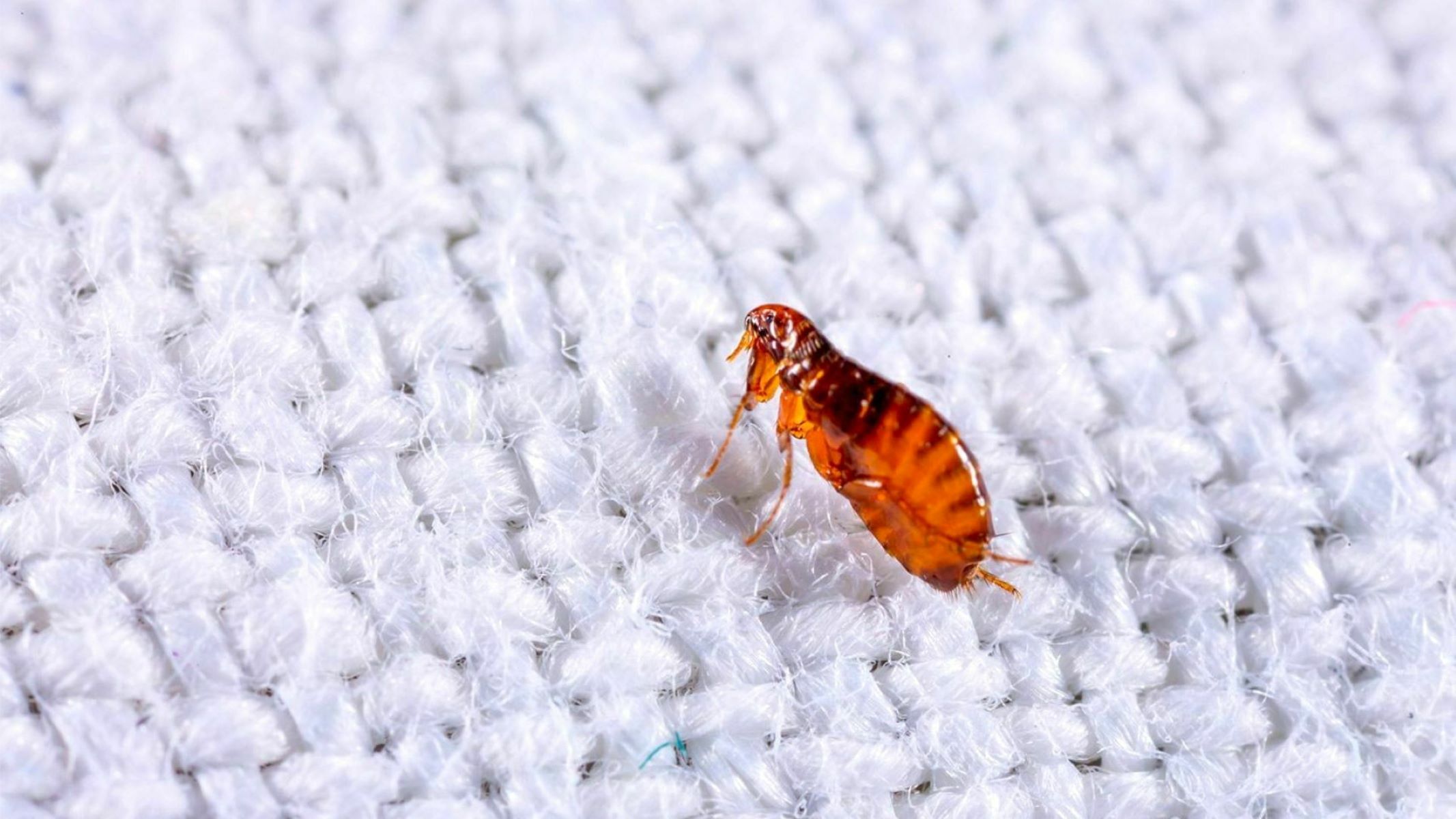
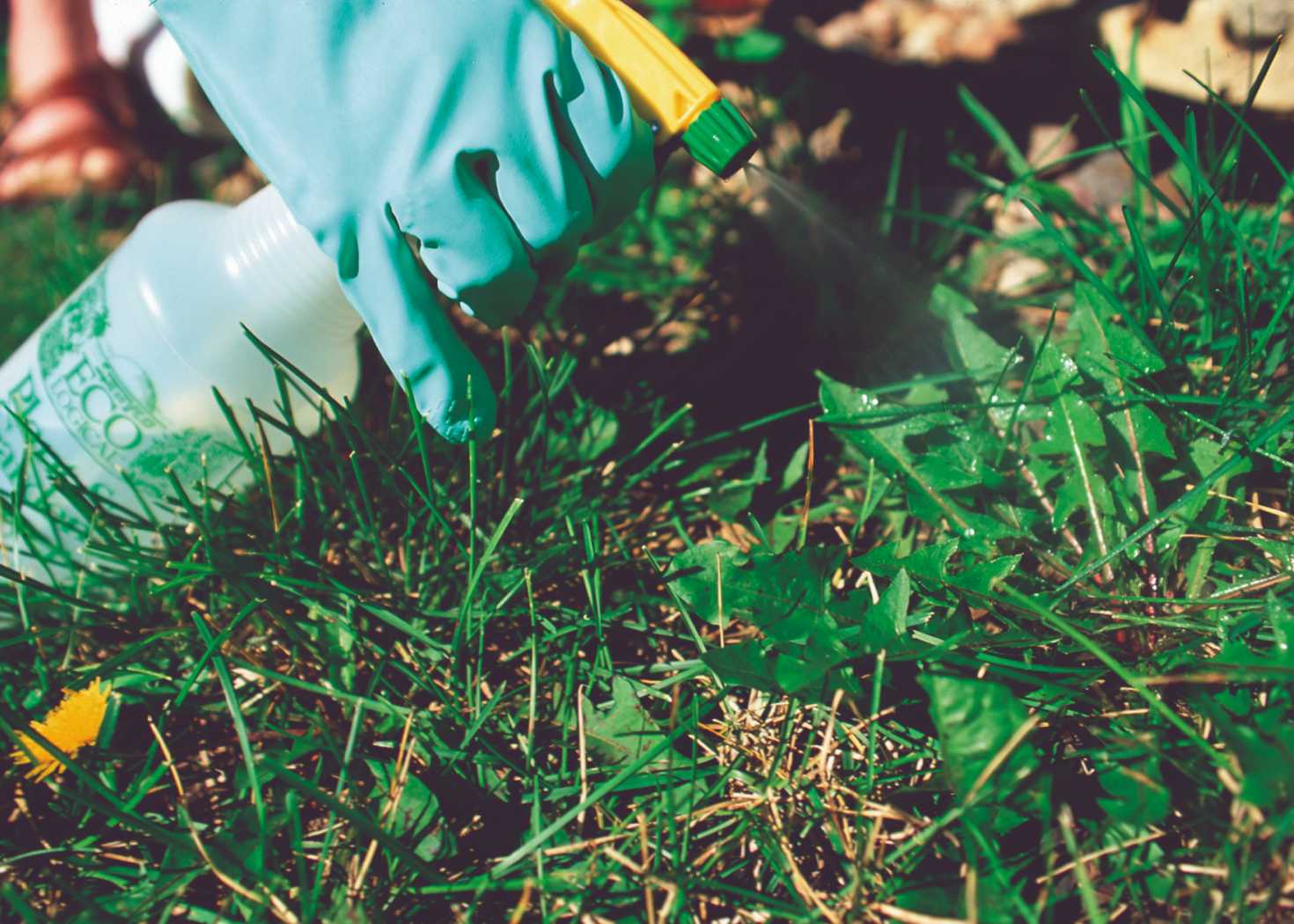
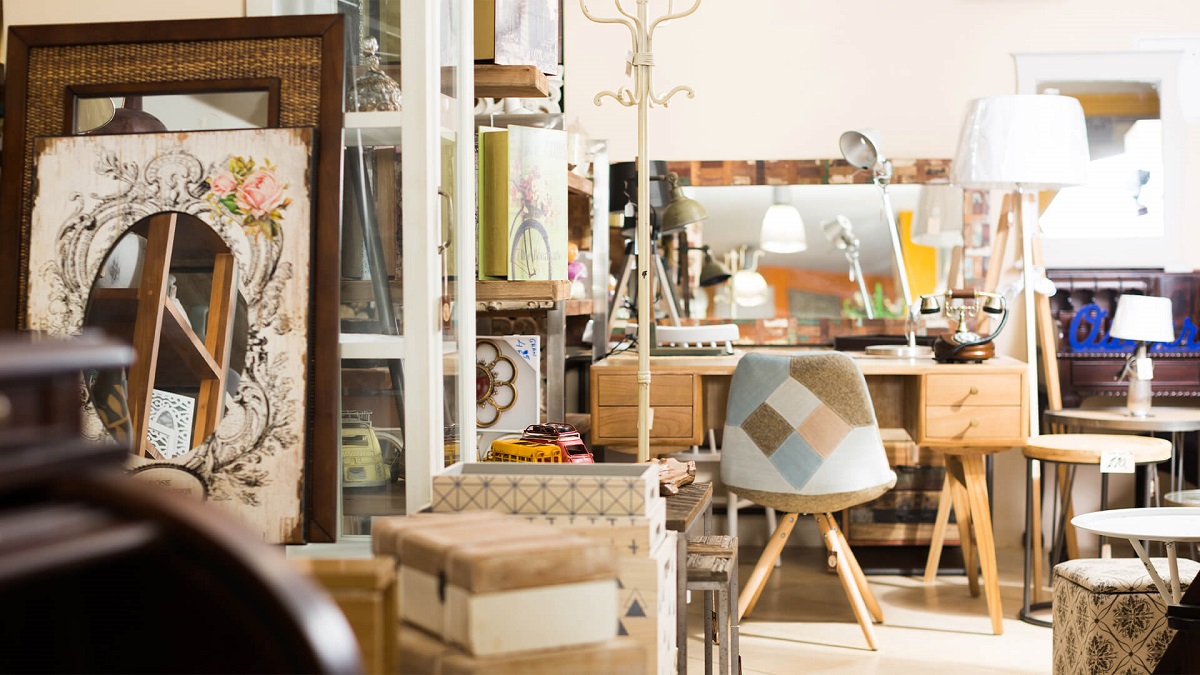
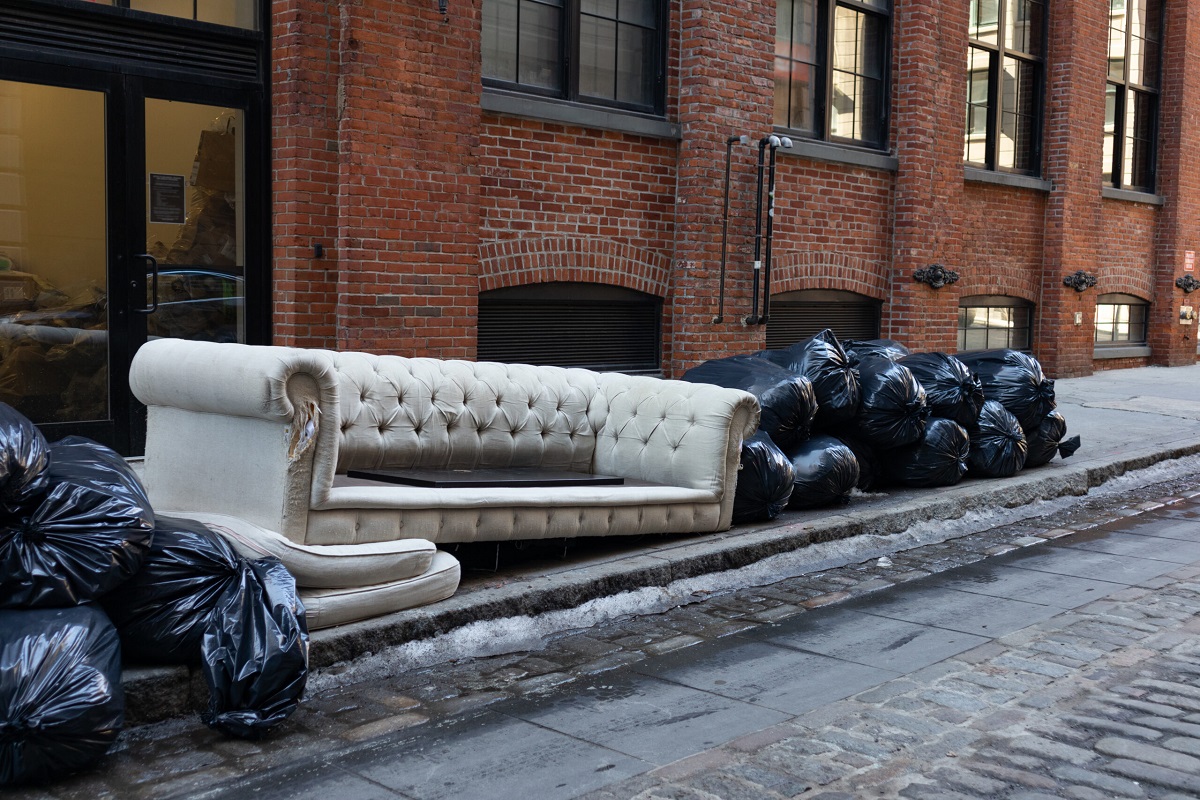

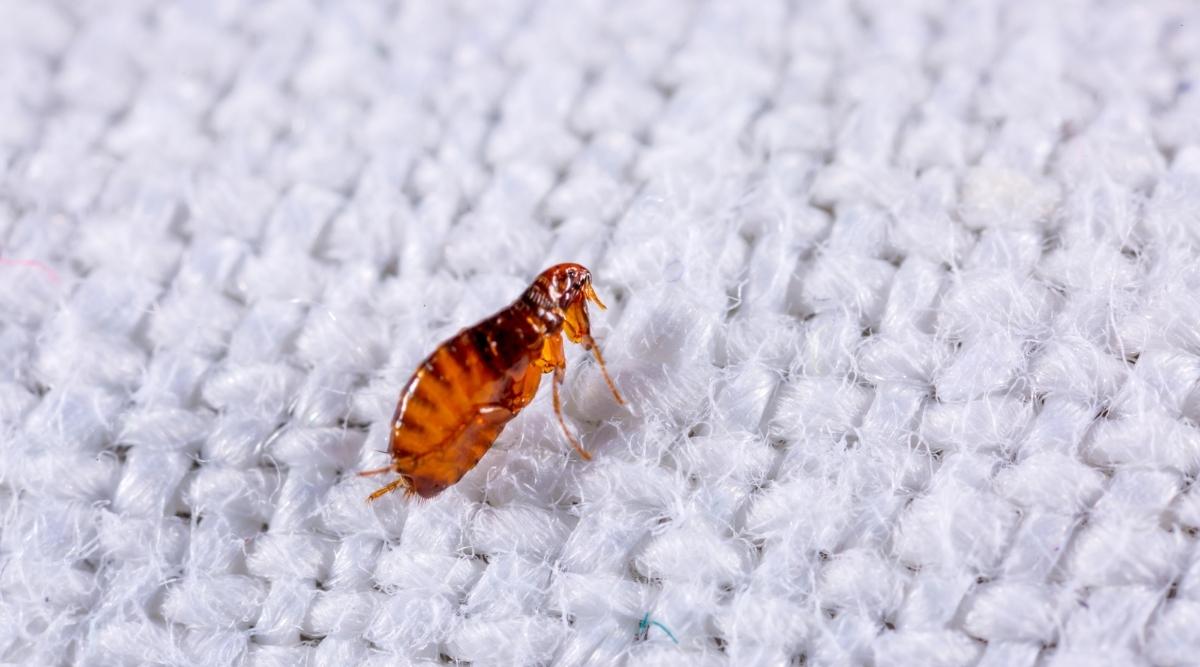
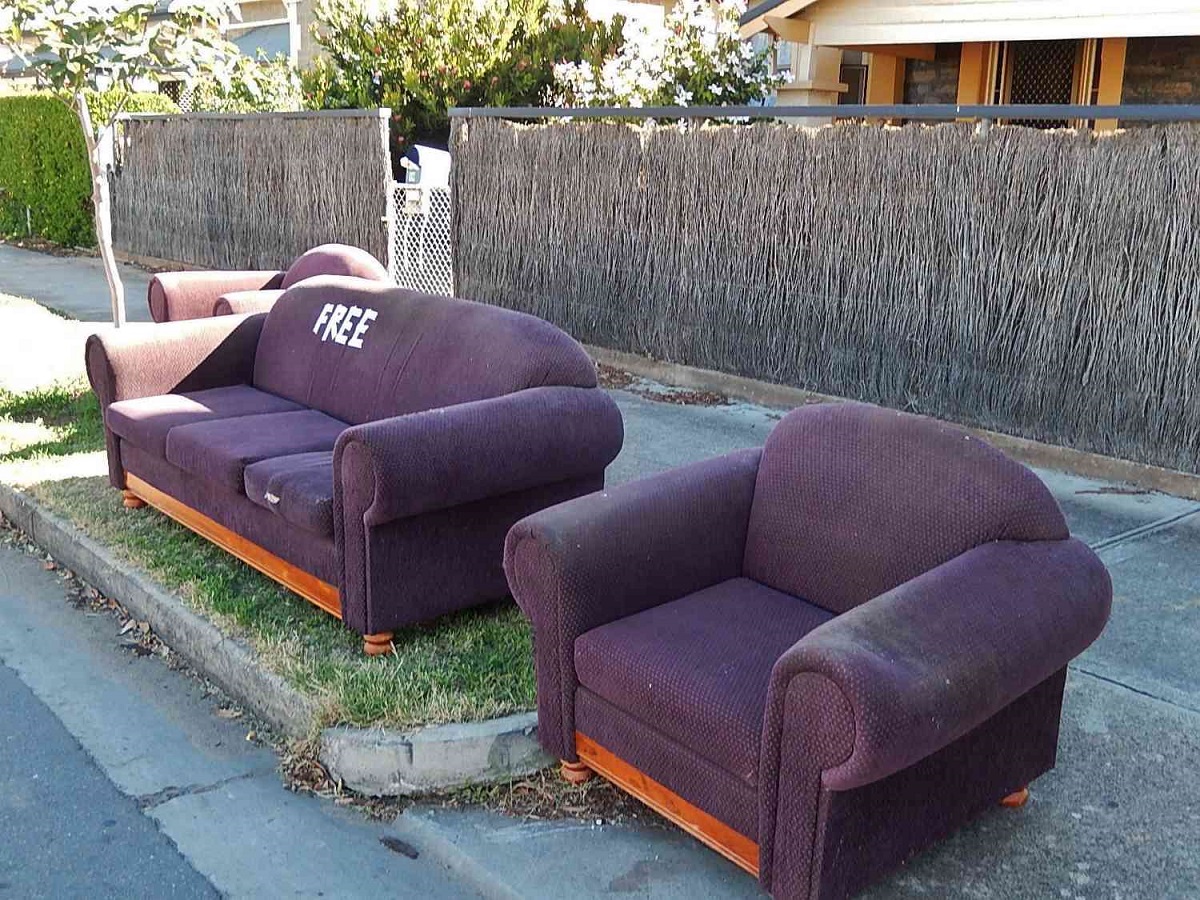
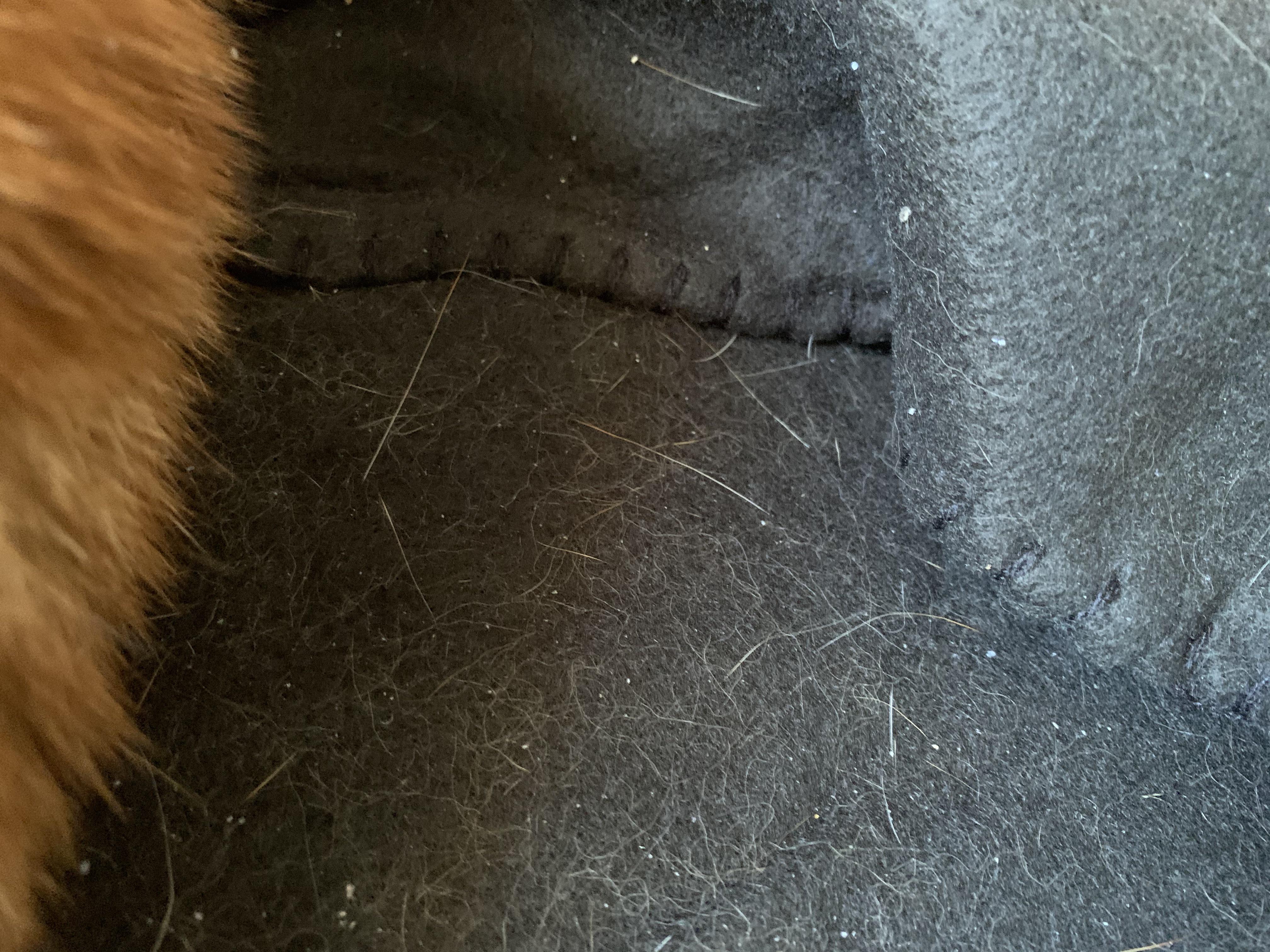
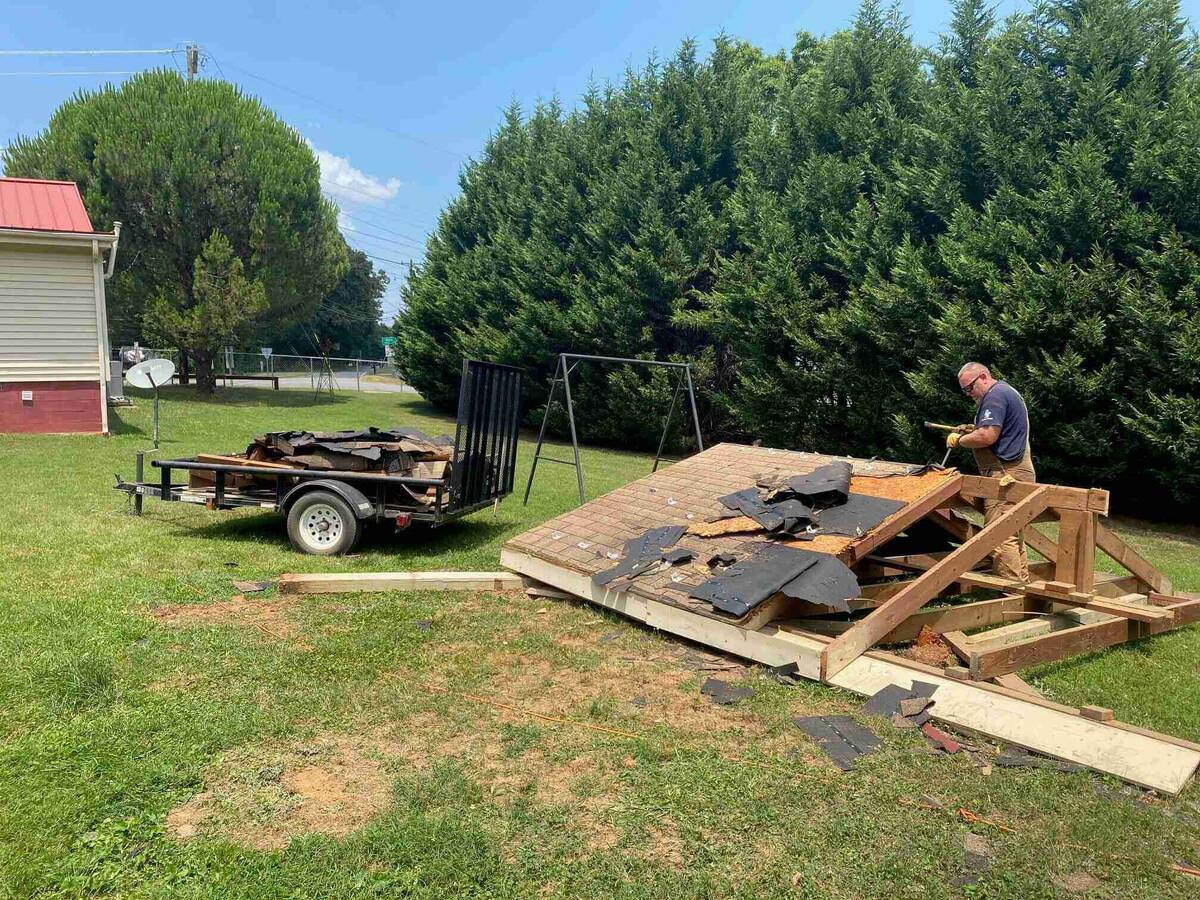

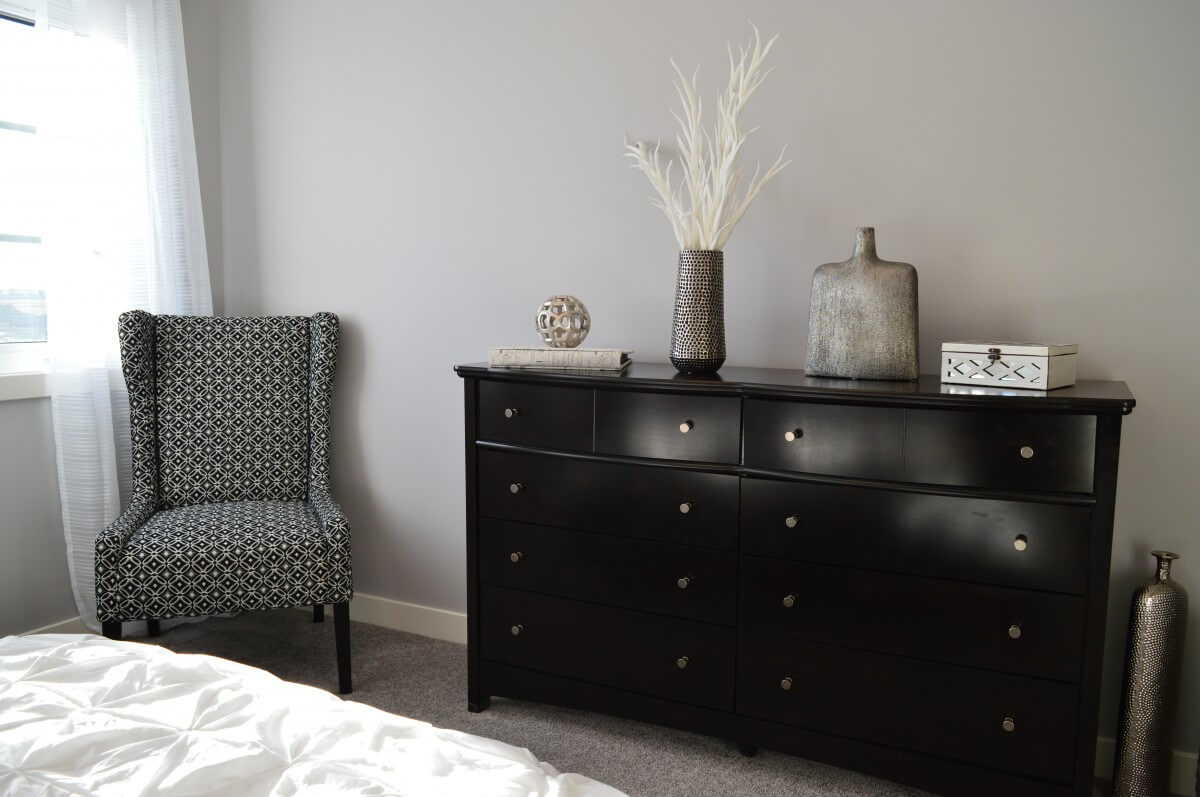

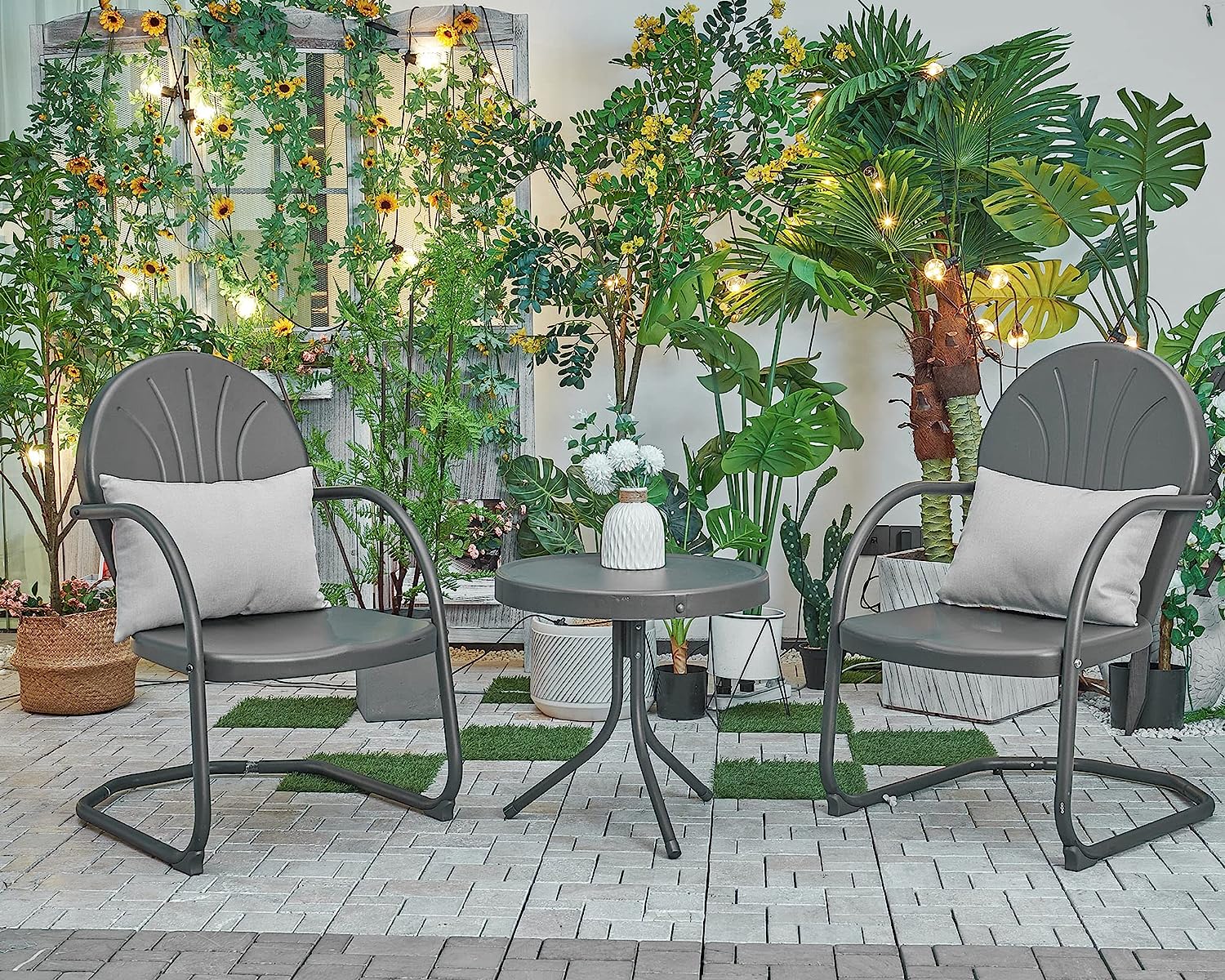

0 thoughts on “How To Get Rid Of Fleas In Furniture”